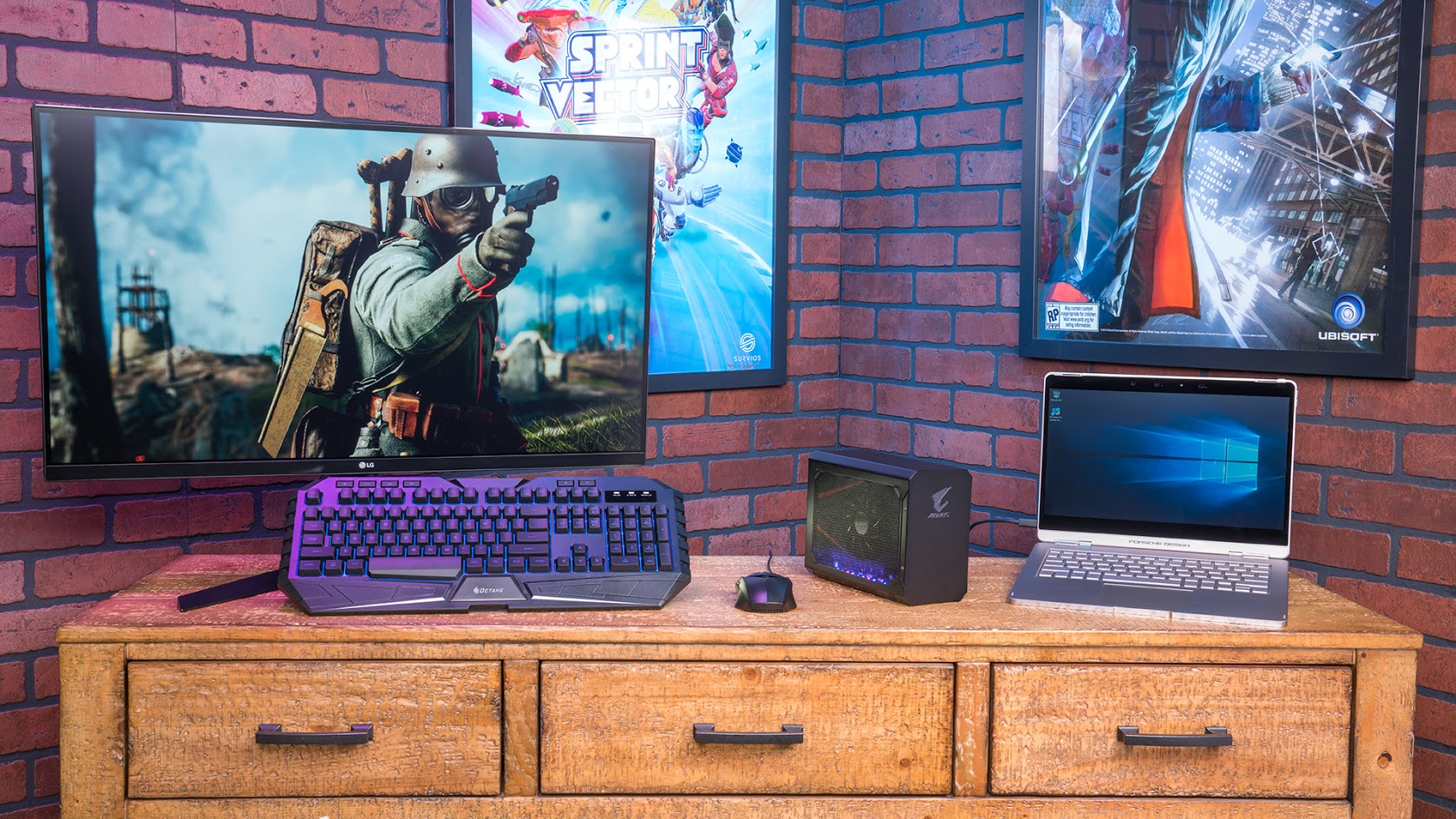
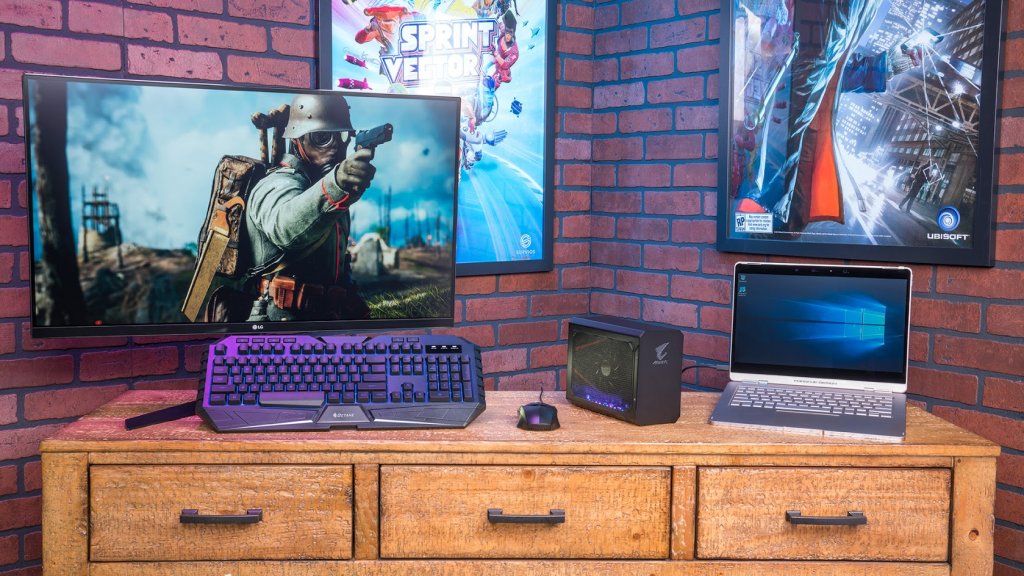
If you’re a highly mobile individual who’s rarely planted in one place for long, then your computing choices were once a lot more limited. Today there are many more options, including notebooks that are thinner and lighter and yet more powerful than ever. And when combined with cutting-edge tech like external graphics cards, or eGPUs, you’ll be amazed by what you can do.
When setting up a modern home office you can choose from among the many excellent thin and light notebooks that offer solid battery life and strong performance without weighing you down. And if you choose the right one, then you can connect it to a discrete GPU that remains behind in your office to provide graphical muscle you need it the most.
It’s the best of both worlds, and it’s easier than you might think to set up.
The components of a powerful yet portable mobile office
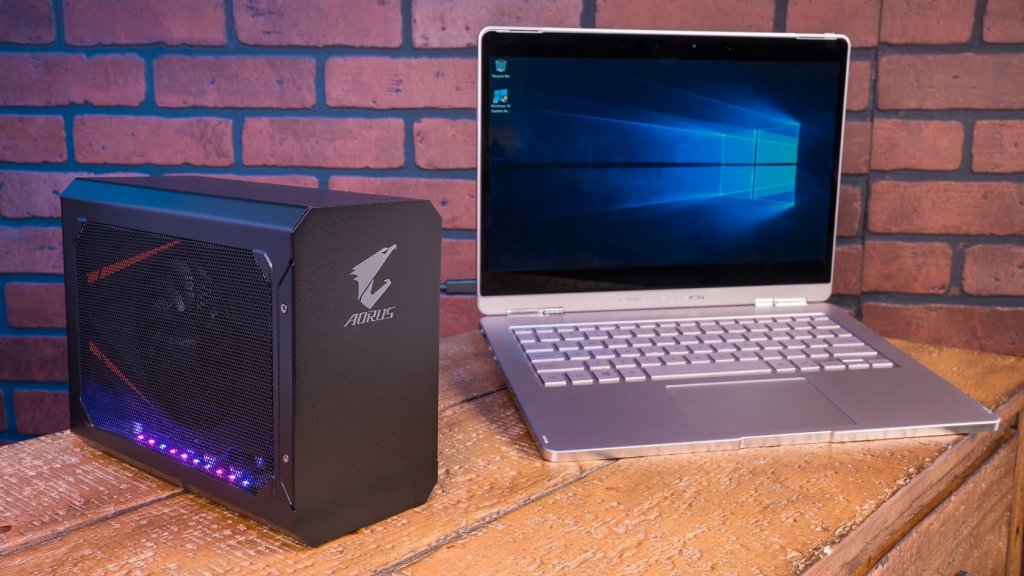
The main component that makes this scenario possible is the external GPU enclosure (eGPU). Simply put, an eGPU is a device that houses a discrete GPU and connects to modern notebooks via a relatively new and very fast connection called Thunderbolt 3. This new connection uses a USB-C physical port and offers up to 40 gigabits per second (Gb/s) of bandwidth for driving multiple displays, attaching a variety of external peripherals, and connecting an eGPU.
Of course, that means that you’ll want to choose a notebook with at least one full-speed Thunderbolt 3 port. That typically means a premium notebook, but an increasing number of notebooks support the specification and can work therefore work with an eGPU.
I’m a writer who needs to edit video on occasion, and I don’t need a ton of computing power while I’m on the road, but I benefit from additional performance when I’m back in my home office. That makes me the perfect candidate for just this kind of mobile office. I tested out just one possible configuration to see how well this solution works, and I’ve outlined the required parts below.
Asus ZenBook S
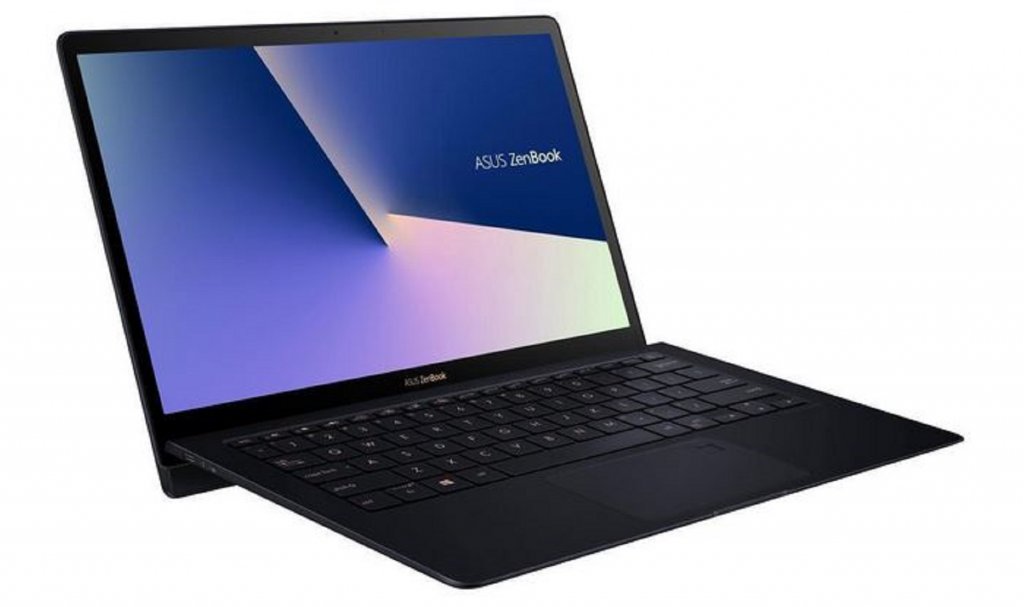
Editor’s Note: The ZenBook S is not the system shown in this article’s original photography. The basic process described in this article can be used with a wide variety of Thunderbolt 3-capable notebooks.
I chose the Asus ZenBook S for this project. It’s a great looking, well-designed, thin and light notebook with a comfortable keyboard and up-to-date components. You can configure the ZenBook S with an 8th-generation Intel Core i7-8550U that provides four cores and eight threads of computing power, 16GB of RAM, and a fast 1TB PCIe solid-state drive (SSD) for around $1,500.
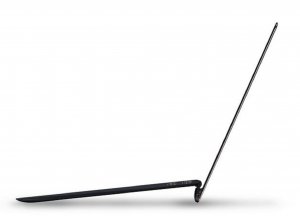 It’s also a relatively tiny notebook, at just 0.51 inches thick and weighing only 2.2 pounds. The ZenBook S is exceedingly easy to toss into a backpack and carry around, and it provides more than enough power for my portable writing needs. I can do 90 percent of my work on the ZenBook S alone, and I can do it anywhere I have internet access.
It’s also a relatively tiny notebook, at just 0.51 inches thick and weighing only 2.2 pounds. The ZenBook S is exceedingly easy to toss into a backpack and carry around, and it provides more than enough power for my portable writing needs. I can do 90 percent of my work on the ZenBook S alone, and I can do it anywhere I have internet access.
Of course, the ZenBook S has a USB-C port with Thunderbolt 3 support. In fact, it has two of them, to go with a third USB-C 3.1 port that works great with the included mini-USB-C hub that provides a standard USB-A 3.1 port and an HDMI connection. It’s the Thunderbolt 3 support that’s most important, because as mentioned earlier that’s what provides connectivity to the next component in the chain, the eGPU.
Aorus Gaming Box
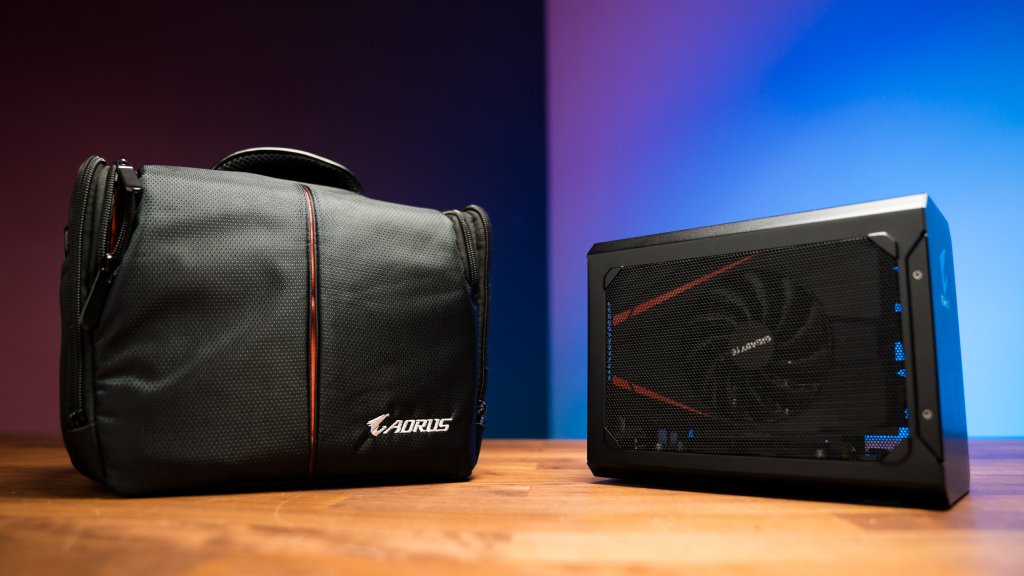
There are several external eGPUs to choose from, ranging in price from a less than $200 to over $500. They all share a few characteristics, such as a power supply to provide energy to the GPU and a PCIe 16 slot for plugging it in. Most eGPUs allow you to select from a variety of modern GPUs, depending on a few criteria such as the power supply’s capacity and any platform limitations.
For our test setup, we selected Gigabyte’s Aorus GTX 1070 Gaming Box, a $549.99 all-in-one solution that combines a case, a power supply, and a small form-factor Gigabyte GTX 1070 GPU in one neat, preconfigured package. It’s one of the smaller eGPU solutions around as well, coming in at a relatively tiny 212 x 96 x 163 mm.
Even though it’s small, it packs in a 450-watt power supply that feeds an Nvidia GeForce GTX 1070 GPU and allows for some overclocking. You can connect up to four displays (four external or three external plus the notebook display) via the two DVI, one HDMI, and one DisplayPort connections. Also, the Gaming Box provides four USB-A 3.1 ports, one of which supports Quick Charge 3.0 to power a smartphone or other device.
The fan is silent enough that it can sit on top of a desk without being too intrusive, although under load the fans do get a little noisy. And the RGB lighting along the bottom of the chassis adds some splash to what would otherwise be a simple and utilitarian design.
Setup and configuration
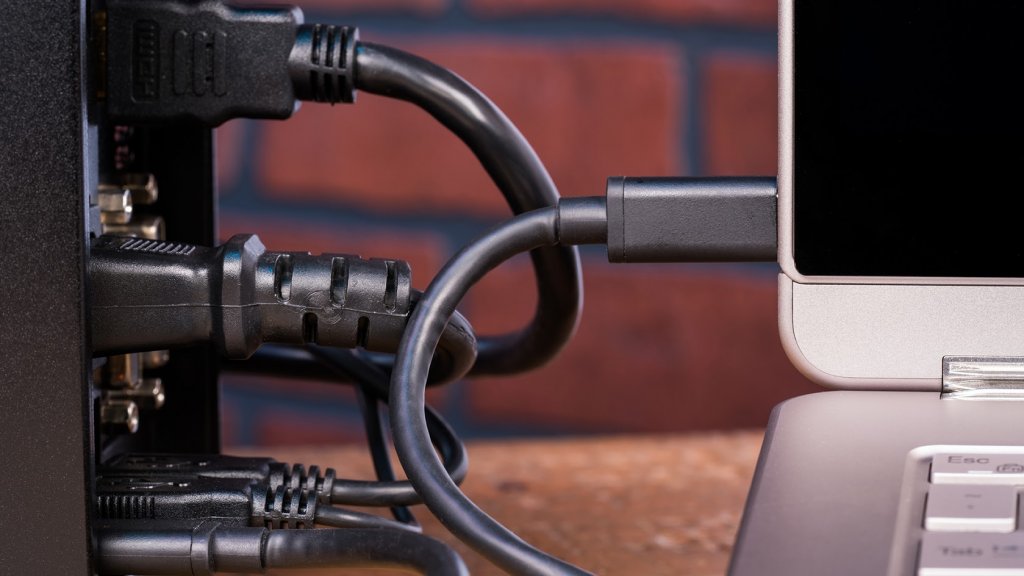
Setting up the notebook and the Gaming Box is very simple. Just plug the power cable into the eGPU, plug the included Thunderbolt 3 cable into both the eGPU and the notebook, and then connect your desired displays. Next, power on the notebook.
You’ll first have to tell the Thunderbolt 3 software that you want to allow the eGPU to always connect. Once you’ve done that, then you simply install the Gaming Box software and the Nvidia drivers.
Once that’s done, you’ll find that by default, the notebook’s internal display is driven by the Intel integrated GPU, if it has one, and that the external displays are driven by the GTX 1070.
You can use the discrete GPU to control the notebook’s internal display, but that will cut down your overall bandwidth and result in lower performance. To use just the external displays to ensure you’re maximizing performance, you can simply set your notebook to do nothing when you close the lid (rather than go to sleep or hibernate).
A potent gaming and content creation system
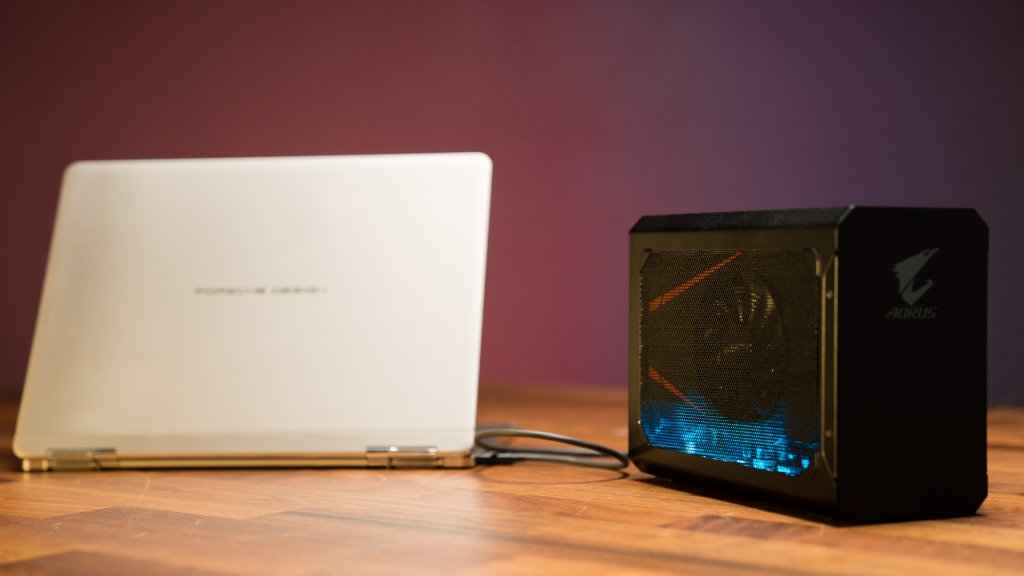 Simply put, it all works well. Performance for general productivity tasks is solid, allowing fast and efficient processing of email, web browsing, document creation, and more. The ZenBook S, and really any notebook today that’s equipped with Intel’s 8th-generation processor, provides great performance that can keep up with just about any productivity need.
Simply put, it all works well. Performance for general productivity tasks is solid, allowing fast and efficient processing of email, web browsing, document creation, and more. The ZenBook S, and really any notebook today that’s equipped with Intel’s 8th-generation processor, provides great performance that can keep up with just about any productivity need.
If you want to play some games, then you’re covered there as well. While you won’t get the same performance as you would from a dedicated gaming notebook or desktop, you can select a fast enough GPU that your portable office can serve as a solid midrange gaming system.
In my case, the GTX 1070 is more than powerful enough for the kinds of games that I play. That includes Civilization VI, where the setup managed to score a solid 58 frames per second (FPS) in Medium graphics settings at 1080p, and 44 FPS in Ultra graphics. Again, that’s significantly slower than a standard GTX 1070, either mobile or desktop, but it’s more than fast enough for me, and much faster than anything the ZenBook S could normally accomplish. If you’re interested, you can find reviews online that measure the Gaming Box on more demanding games.
Different GPU options for different goals
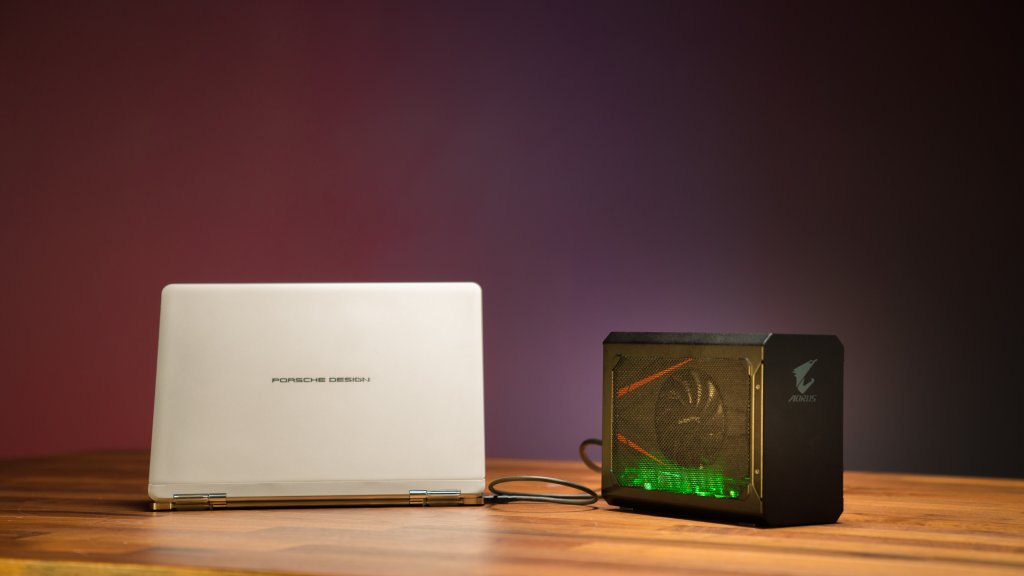
Clearly, the ZenBook S by itself is no gaming system. But mated with the Gaming Box, it transforms into a viable midrange gaming option. Of course the Gigabyte solution is just one of many, and if you need faster GPU performance, then you could always go with a different GPU enclosure and a faster GPU — theoretically, at least, all the way up to Nvidia’s latest RTX GPUs, which would provide vastly more gaming power to a thin and light notebook.
And if you need a dedicated GPU for content creation tasks like video encoding, or for other apps like AutoCAD that can make use of a dedicated GPU’s power, then you’re covered there as well. Again, the addition of the eGPU to a quick thin-and-light notebook like the ZenBook S adds some real flexibility and additional power.
Even better, the Gaming Box also powers the ZenBook S. That means I only have one cable to disconnect from my notebook when I’m ready to leave and to reconnect when I arrive back at my office.
Is an eGPU right for you?
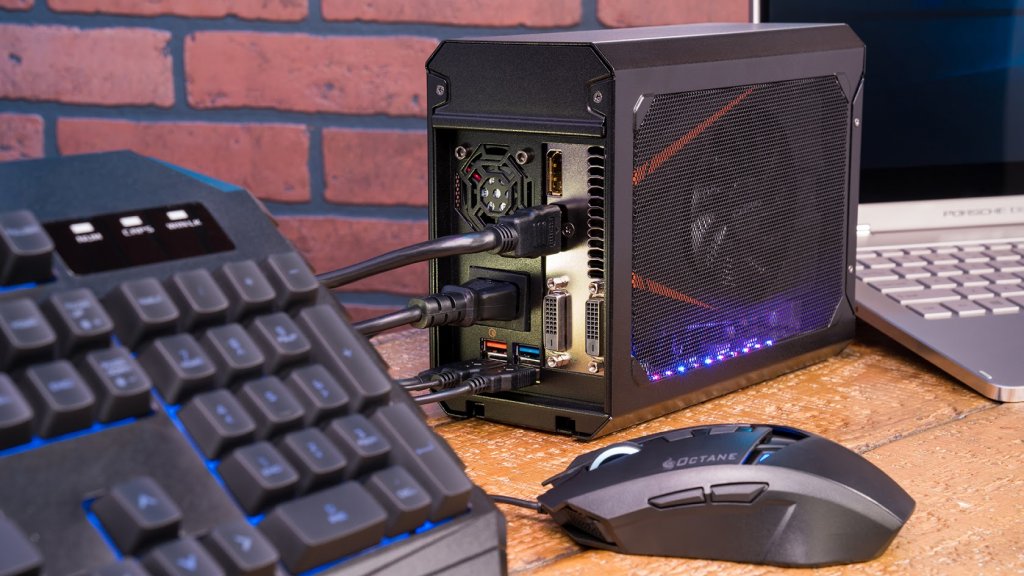
While an eGPU combined with a thin and light notebook won’t provide the same performance as a dedicated gaming notebook, or the combination of a notebook and a desktop, it does provide mobility that neither solution can match. Unless you’re a hardcore gamer who’s concerned about squeezing out every possible frame rate, then it’s likely that you can pick a GPU that’s fast enough to keep up with your favorite games.
And at the same time, you can enjoy a notebook that’s easy to carry around but powerful enough to keep you productive on the road. By using a single PC, you also avoid the hassle and complication of keeping all your files available and in sync. It’s not the least expensive solution around, but it’s by far the more flexible.
Keep in mind however; if you’re thinking of upgrading to an Nvidia RTX 20 series card, this eGPU won’t work due to the high transfer speeds required. These eGPUs are designed for the GTX 10 series and below, though no doubt all the GPU manufacturers have some exciting things in the works when it comes to the new Nvidia cards.
